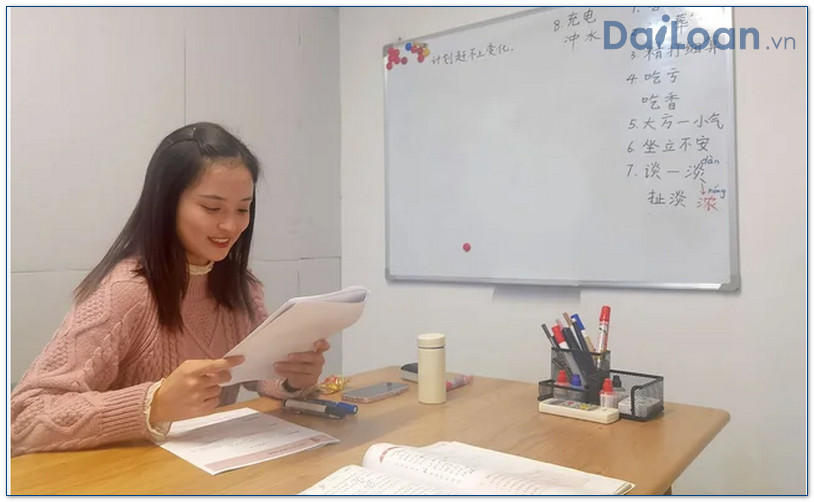The Chinese term 尾端 (wěi duān) is a fascinating expression that offers rich insight into the language’s structure and usage. As a language expert with over 20 years of teaching experience, I will delve into its meaning, grammatical structure, and practical examples to help you master this term.
Meaning of 尾端 (wěi duān)
The term  尾端 is composed of two characters: 尾 (wěi), meaning “tail” or “end,” and 端 (duān), which means “end” or “extremity.” Therefore, 尾端 (wěi duān) translates to “the tail end” or “the final part” of something. It is often used in contexts such as discussions about sequences, lists, or physical objects where an extremity is referenced.
尾端 is composed of two characters: 尾 (wěi), meaning “tail” or “end,” and 端 (duān), which means “end” or “extremity.” Therefore, 尾端 (wěi duān) translates to “the tail end” or “the final part” of something. It is often used in contexts such as discussions about sequences, lists, or physical objects where an extremity is referenced.
Grammatical Structure of 尾端
The grammatical structure of the term 尾端 (wěi duān) can be analyzed as follows:
1. Composition of the Term
As mentioned earlier, 尾端 consists of two characters:
- 尾 (wěi): A noun that can function as a subject or object within sentences.
- 端 (duān): A noun that can also serve similar grammatical functions.
2. Contextual Usage
In sentences, 尾端 can be combined with verbs and other nouns to form phrases that provide clear meaning.
- For example: 在这个列表的尾端 (zài zhège lièbiǎo de wěi duān) means “at the tail end of this list.”
Example Sentences Using 尾端
To help solidify your understanding of how to use  尾端 (wěi duān) in various contexts, here are several example sentences:
尾端 (wěi duān) in various contexts, here are several example sentences:
1. Expressing Location
在会议的尾端,我提出了我的建议。
Translation: “At the tail end of the meeting, I presented my suggestions.”
2. Describing Objects
这个绳子的尾端需要绑起来。
Translation: “The tail end of this rope needs to be tied up.”
3. Discussing Lists
在项目清单的尾端,有一些额外的任务。
Translation: “At the tail end of the project list, there are some additional tasks.”
4. Conclusion Statements
在讨论的尾端,我们达成了一致意见。
Translation: “At the tail end of the discussion, we reached a consensus.”
Conclusion
The term 尾端 (wěi duān) is not just a simple vocabulary word; it embodies a structural elegance in the Chinese language. By understanding its meaning and grammatical composition, as well as utilizing it in various contexts, you can greatly enhance your fluency and comprehension of Mandarin. Keep practicing, and you’ll find yourself using 尾端 with confidence in no time!

Sứ mệnh của Chuyên là giúp đỡ và truyền cảm hứng cho các bạn trẻ Việt Nam sang Đài Loan học tập, sinh sống và làm việc. Là cầu nối để lan tỏa giá trị tinh hoa nguồn nhân lực Việt Nam đến với Đài Loan và trên toàn cầu.
CÓ THỂ BẠN QUAN TÂM
Du học Đài Loan
Lao Động Đài Loan
Việc Làm Đài Loan
Đơn Hàng Đài Loan
Visa Đài Loan
Du Lịch Đài Loan
Tiếng Đài Loan
KẾT NỐI VỚI CHUYÊN
Zalo: https://zalo.me/0936126566
Website: www.dailoan.vn




